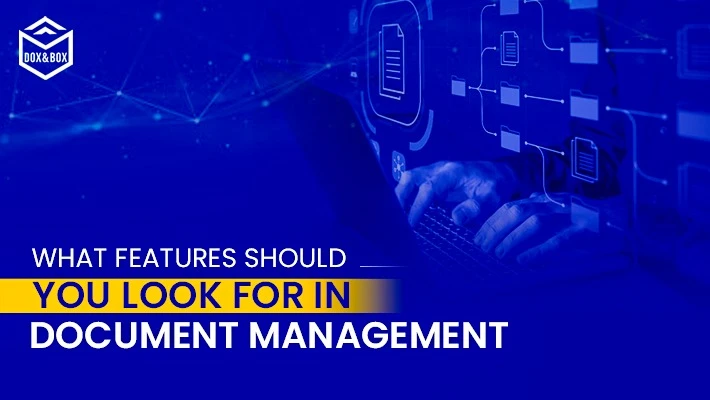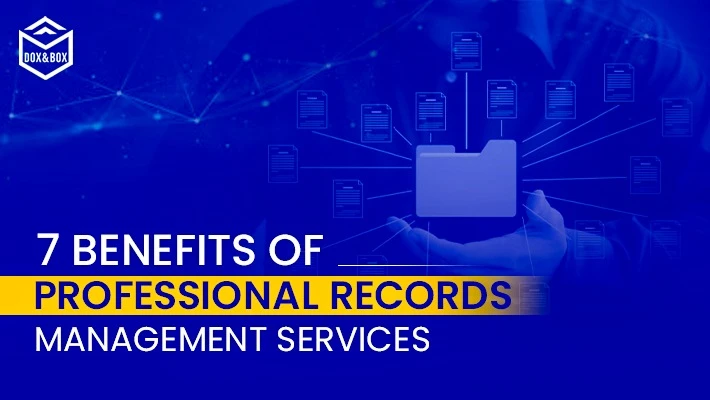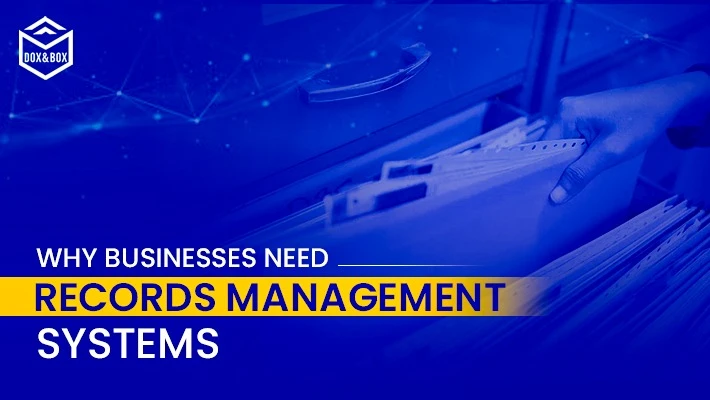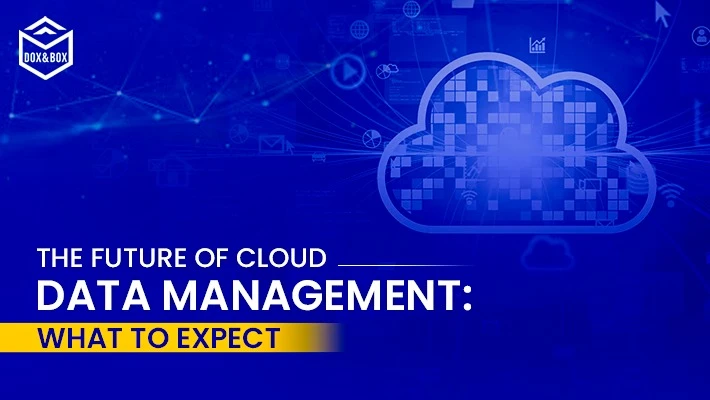Oct 23, 2025
If you are running a business today, you know one thing for sure: you have too many documents. Papers, emails, contracts, invoices, digital files—they pile up fast. Dealing with all this information can be slow, messy, and even risky. That is why having a strong, reliable system is a must. You need a modern, effective document and record management systems (DRMS) solution. But what exactly makes a system good? It is not just about digital storage. It is about features that save you time, keep your files safe, and make your business run smoother.
This guide from Dox and Box will walk you through the most important features. We will help you understand what to look for when choosing the best document management systems for your specific needs, whether you are a small start-up or a big company.
Security and Compliance: Keeping Your Secrets Safe
The most important job of any document and record management systems is to keep your information secure. If a system is not secure, the convenience of digital files means nothing.
Top-Tier Security Controls
A great system must offer more than just a password. Look for a vendor that provides role-based access. This means you can decide exactly who can view, edit, or delete specific files. For example, only the HR team should see employee records. Only the finance team should see invoices. This prevents both accidental errors and malicious leaks. This is vital whether you are looking for small business documents storage services or an enterprise solution.
The system should also have an audit trail. This is a detailed log that shows who looked at what document and when. It is like a security camera for your files. If something goes wrong, you can quickly find out how and why.
Meeting Industry Rules
Many industries have strict rules about how you must handle documents. This is called compliance. For example, a telecom document management system needs to follow specific regulations about customer data and network records. The best document management systems will have features that help you meet these rules automatically.
Look for features like retention policies. This lets you set rules to keep a certain document type (like tax returns or customer contracts) for a specific number of years, and then either archive or automatically delete them. This is crucial for avoiding legal trouble and is a key service offered by Dox and Box solutions.
Finding Files Fast: Retrieval and Indexing
Think about the time your team wastes every day just looking for files. A document and record management systems should make file retrieval instant, not a ten-minute hunt.
Smart Search and Indexing
This is the real power of digital management. A good system does not just store a file; it indexes it. Indexing is like creating a super-detailed library card for every document. It uses metadata—data about the data. This includes the file name, date created, author, and custom tags you add (like "Q3 Invoice" or "Vendor Contract A").
The system should have full-text search capabilities. This technology, often called OCR (Optical Character Recognition), allows the system to read the actual words inside a scanned PDF or image file, not just the file name. Being able to search for a single word mentioned in a contract from five years ago is the feature that really speeds things up. This is a must-have for any effective online document management systems.
Efficiency and Collaboration: Doing Business Better
A modern document and record management systems does more than just store and secure; it actively helps your team work together and get things done faster.
Workflow Automation
This is one of the most powerful features. Workflow automation lets you set up automatic steps for documents. For example, when an employee submits a new expense report, the system can automatically send it to their manager for approval. Once approved, it can automatically be sent to the finance team, and finally filed away. This eliminates manual tasks, cuts down on human errors, and makes sure nothing gets missed. This is especially helpful in a complex operation like a telecom document management system, where contracts and network diagrams need many steps of approval.
Version Control and Collaboration
When multiple people work on a single file, things get messy. Who has the latest copy? What changes did someone make? A great DRMS offers version control. Every time a change is made and saved, the system creates a new version while keeping the old one. If you accidentally delete a key section, you can simply roll back to the previous version. This ensures everyone is always working on the most recent document and prevents costly mistakes. This feature is vital for any of the best document management systems.
Practical Matters: Integration and Scalability
You need a system that fits your business, not one that forces your business to change.
Easy Integration
The new system should play nicely with the tools you already use. Can it connect to your existing CRM (Customer Relationship Management) software? What about your accounting software? Seamless integration means you do not have to waste time moving data from one system to another. This is a huge benefit of choosing a complete provider like Dox and Box.
Mobile and Cloud Access
In today's world, work happens everywhere. The document and record management systems you choose must be accessible through the cloud, allowing your team to view, upload, and work on files from a laptop, tablet, or smartphone. This flexibility is key for making your online document management systems a success, especially if you have a team that works remotely or on the go. This accessibility is also what makes small business documents storage services so helpful, as it gives small teams big-business capabilities.
Final Checklist Before You Decide
Choosing the right document and record management systems is a big step. It is an investment in your company’s future. For Dox and Box, the focus is always on providing secure, streamlined, and scalable solutions that meet all these needs.
Before you make an online document management systems purchase, use this quick checklist:
- Security: Does it have role-based access and an audit trail?
- Compliance: Can it help you meet your industry’s legal retention rules?
- Findability: Does it use indexing, metadata, and full-text search?
- Automation: Can it automate simple processes like approvals?
- Integration: Does it work with your existing business software?
By looking for these key features, you will not just buy software; you will buy a powerful tool that transforms your document chaos into a clean, safe, and efficient system, making it the best document management systems choice for your business.






